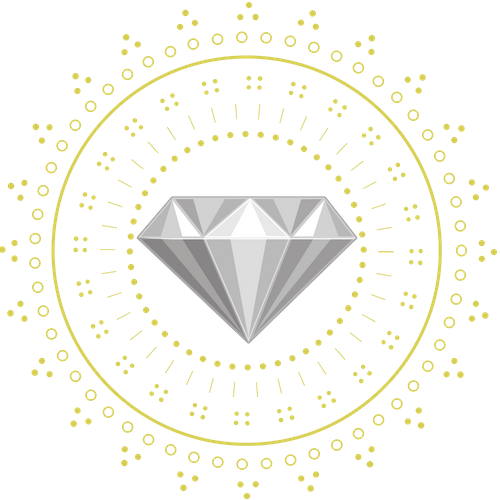Sapphires … What are these shiny stones?
If you are not a gem enthusiast, it is quite normal to ask these questions. It’s even more important to have at least a basic understanding of how to identify them if you are interested in purchasing sapphires. Especially in this day and age where the markets are flooded with fake gemstones that can easily fool the untrained eye.
Sapphire properties
Sapphires have a hardness of 9 in the Mohs scale. Diamonds top the scale with a hardness of 10. Unlike diamonds, that only come in white, sapphires come in a variety of colors. Blue sapphire is the most sought-out color, while yellow, orange, black, brown, green, colorless, purple, gray, and multicolored sapphires also form naturally.
It is natural to find minor inclusions in sapphires. These inclusions sometime decreases the transparency of the stone. In a world filled with fake, factory made stones, the presence of inclusions is one way to make sure that it is a natural stone. So, don’t panic when you see inclusions. It is very rare to find a perfect stone, so inclusions are normal.
Sapphires are unique
Sapphires are beautiful in so many ways. The various colors add to its uniqueness and appeal. Another key feature of sapphires is the change in color intensity, when viewed from different angles. For example, some sapphires will look blue from one angle and purple from another.
Experience is key when it comes to cutting and polishing gems and brining out the true beauty of sapphires. An experienced gem cutter will know how to exploit a stone’s natural formation in order to craft something spectacular.
